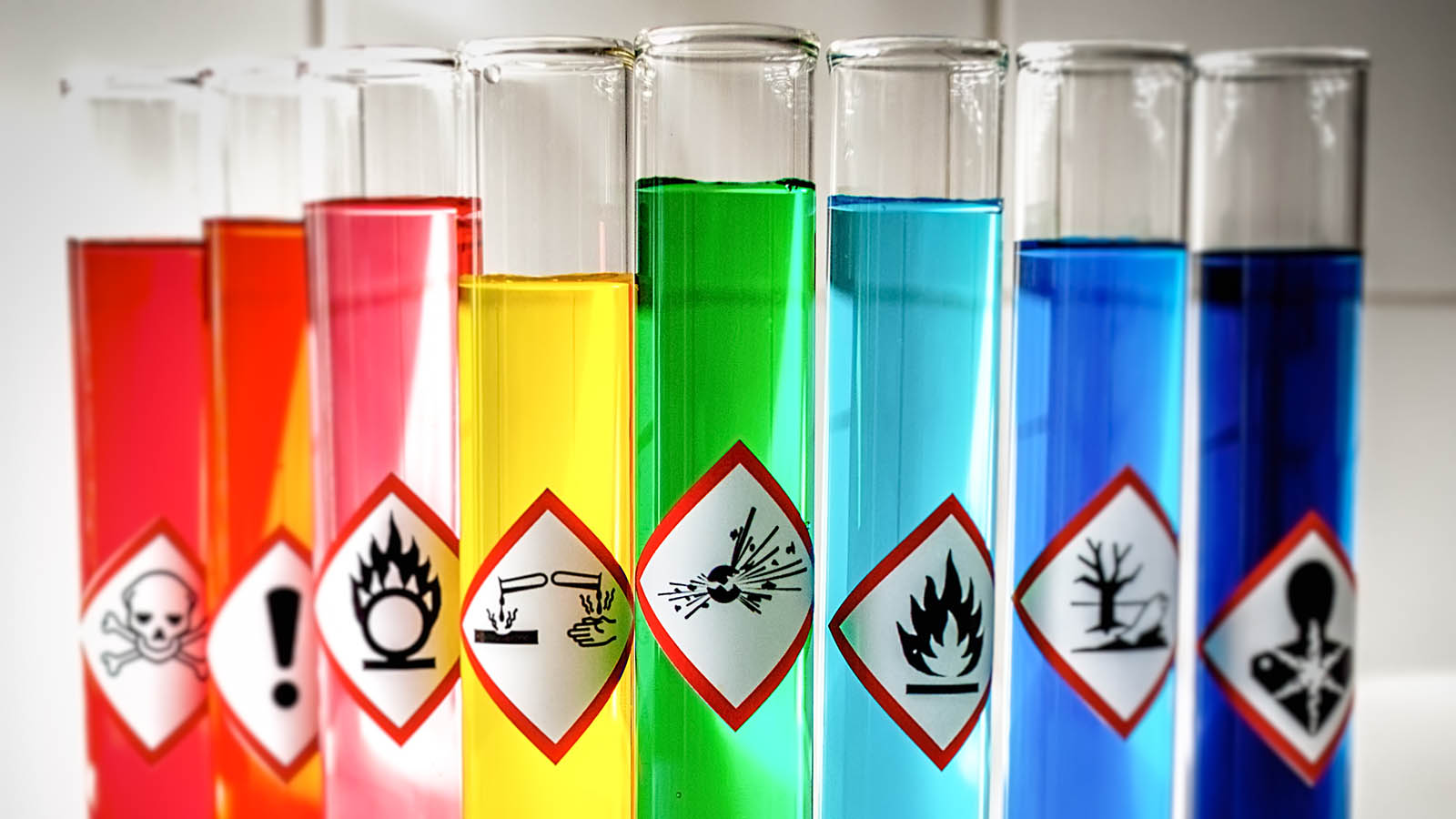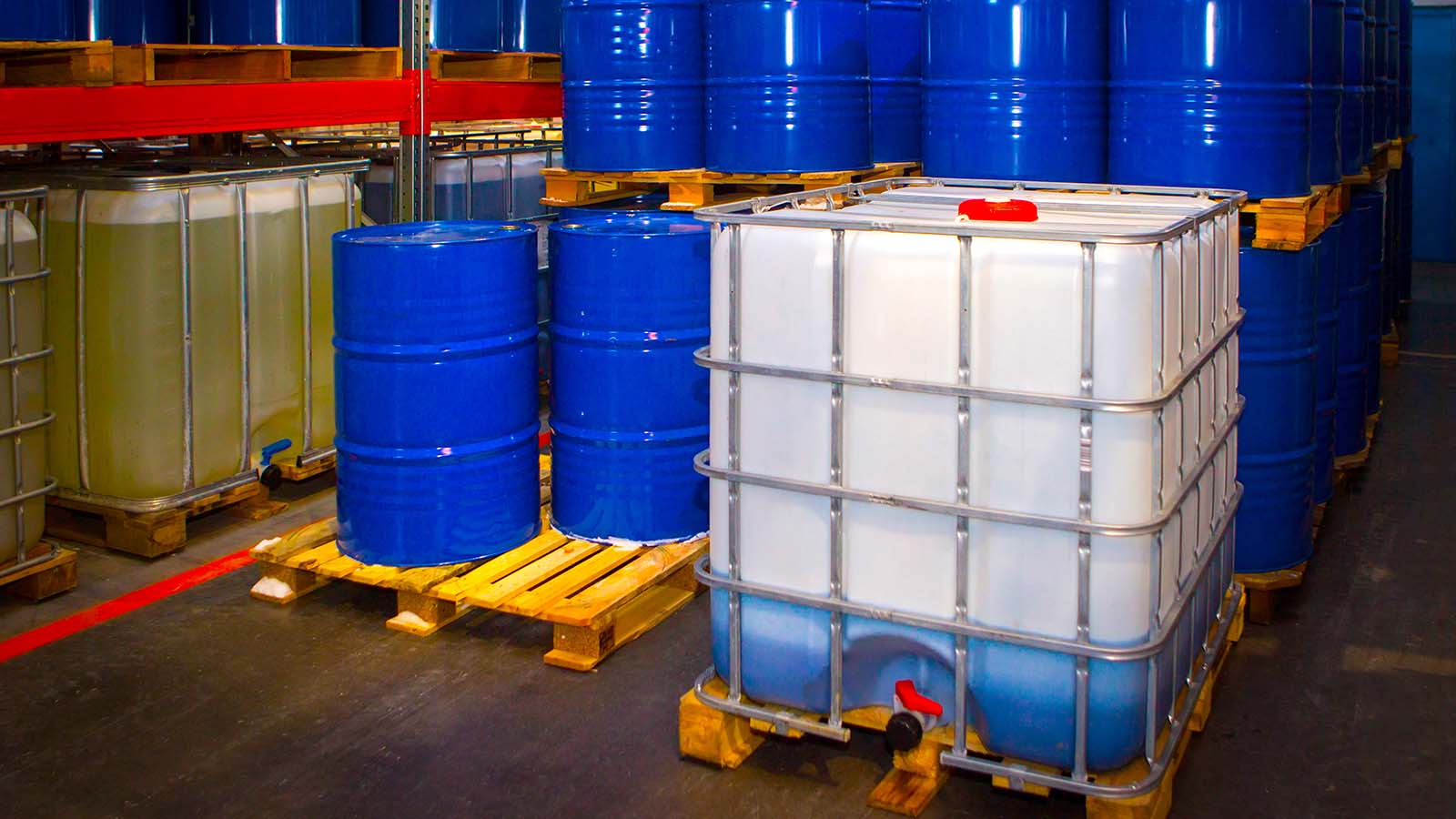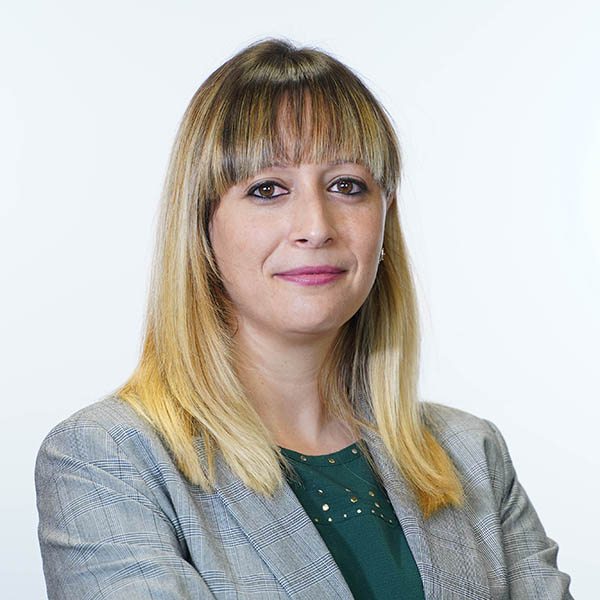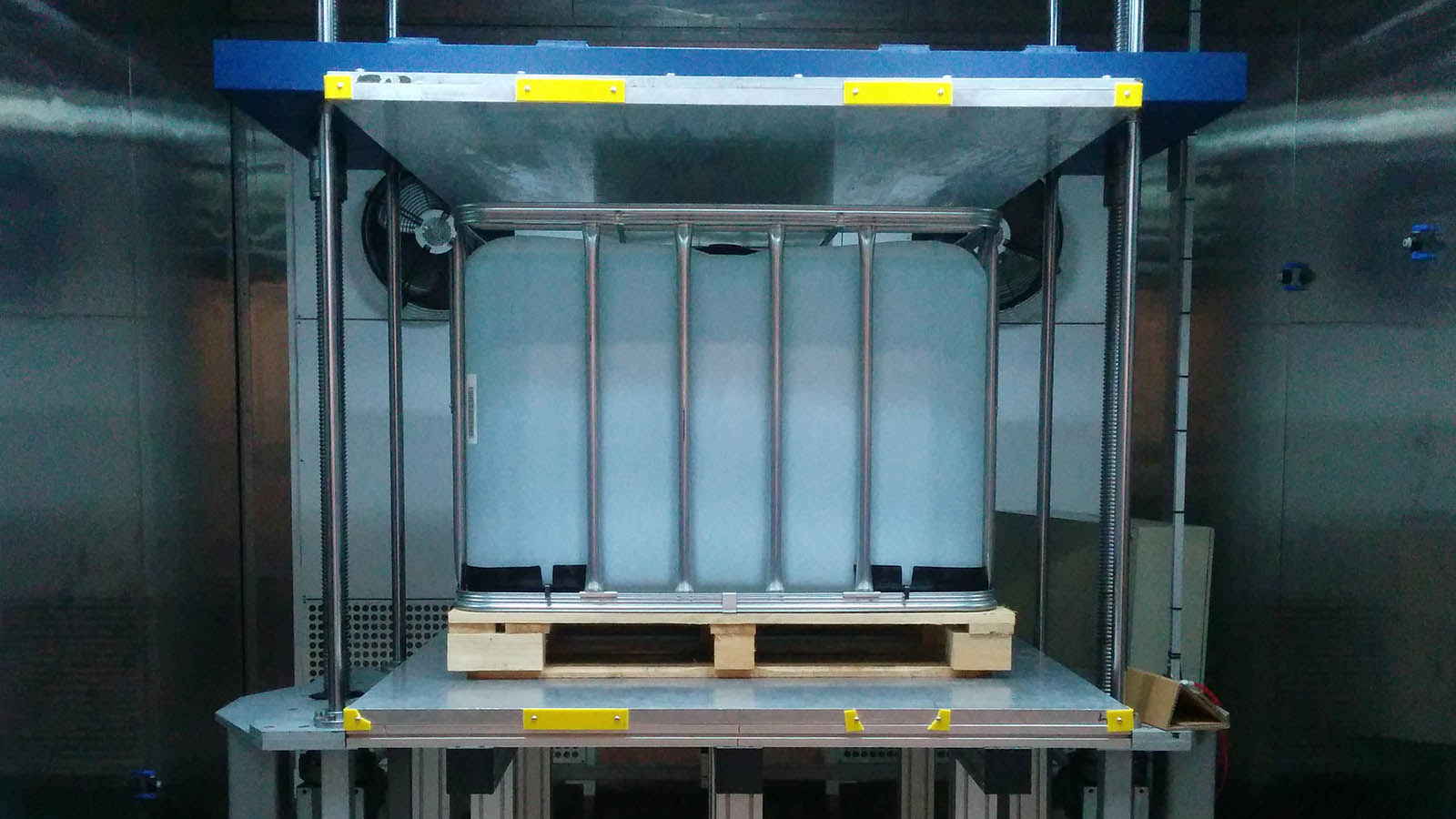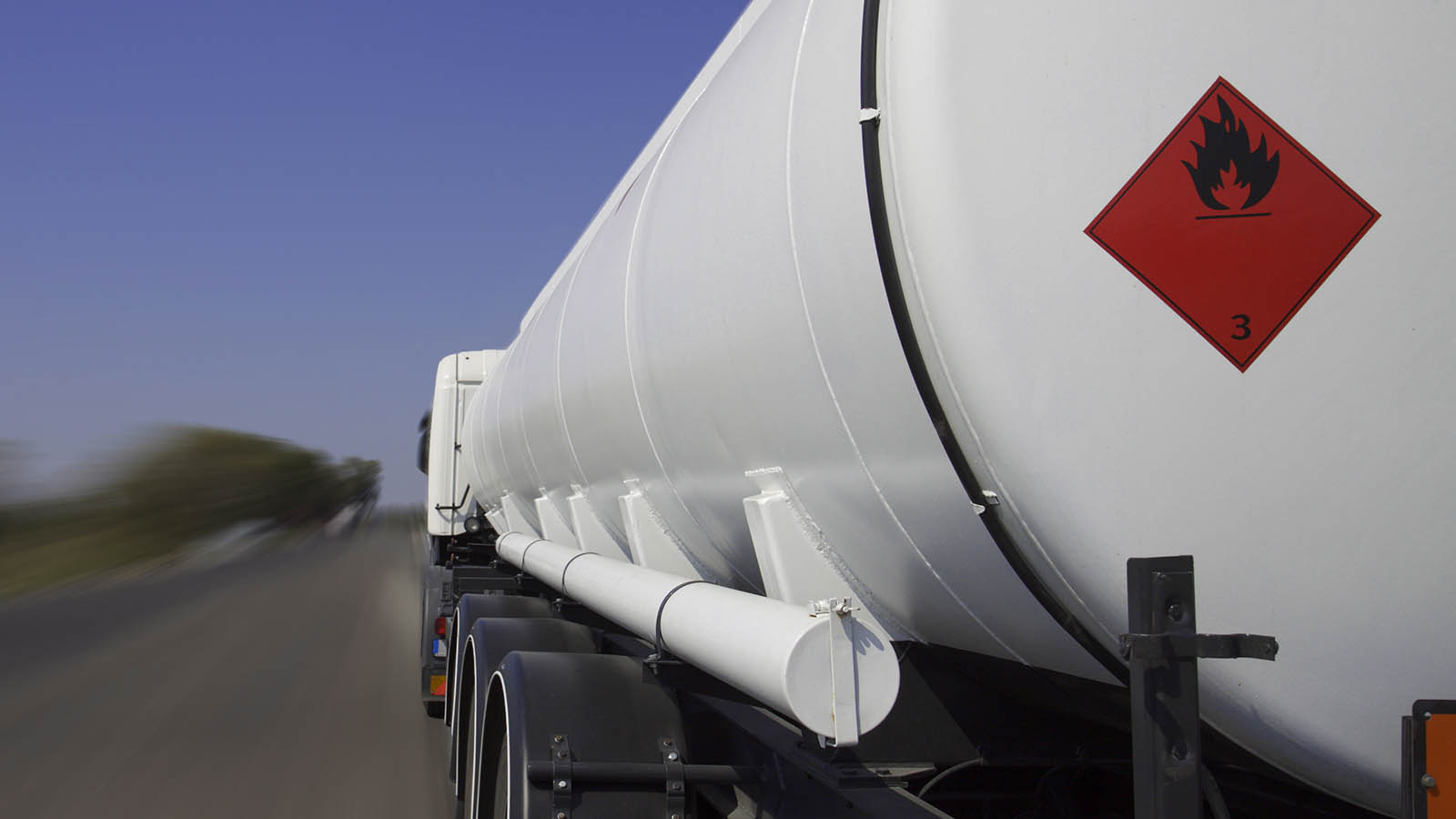Chemical safety management: CLP, REACH and APQ
Ensuring safety in the use of chemicals and complying with regulations is a priority for all companies that work with these substances. Here at ITENE we provide consultancy and training services to help you adapt to current regulations in addition to inspection services and internal emergency plans to ensure chemical safety in your company.
We specialise in the regulations applicable to the sector. Specifically, we work with the CLP Regulation on classification, labelling, and packaging of chemical substances and mixtures; the REACH Regulation on registration, evaluation, authorisation and restriction of chemical substances and mixtures and the Spanish APQ Regulation on the storage of chemical products.
How can we help you to comply with the REACH, CLP and APQ regulations and other applicable legislation on chemicals management?
Advice and consultancy
-
- Initial diagnosis: determining the obligations of companies in relation to the CLP Regulation depending on their business activities.
- Hazard classification of substances and mixtures based on the criteria set out in Classification, Labelling and Packaging (CLP) Regulation.
- Notification of chemicals and mixtures to the European Poison Centres via the ECHA depending on the country in which the substances are marketed.
- Downstream users – formulators, re-packagers and importers who market mixtures that pose physical and/or health hazards in the European Union must notify these products to the appointed bodies in compliance with Article 45 of the CLP Regulation.
- Classification and labelling notifications of substances to the ECHA C&L Inventory.
- Manufacturers and importers must notify the ECHA of the associated CLP classification within one month of the date the substance is placed on the market.
- Comprehensive advice on complying with the CLP Regulation. Experience in various sectors (chemicals, cosmetic, solvents, ceramic, etc.).
-
- Drafting, updating and/or translation of REACH – CLP Safety Data Sheets (SDS) for all countries and languages of the European Union.
a. The Safety Data Sheets are designed to provide users of chemicals and mixtures with the information required to protect their health and the environment. Consequently, suppliers of chemicals and mixtures for sale must provide SDS when their products are classified as dangerous under the CLP (or contain certain concentrations thereof) in order to comply with the REACH regulation. This document must be written in the sheet recipient’s language and updated in accordance with the CLP regulation. - Drafting and/or updating safety data sheets in line with US regulations – Hazard Communication Standard (HCS)
- CLP Labelling: drafting and/or review of labelling taking into account the required pictograms, content, regulatory sizes and language(s).
- Advice for companies on compliance with the current REACH Regulation.
-
- Basic:
– Basic REACH implementation service for downstream users and item manufacturers.
– Audit and self-assessment services.
– REACH implementation service and information management
– Drafting of exposure scenarios for extended safety data sheets (eSDS) within the REACH framework.-
- Substance registration:
– Registration of substances in joint submission.
– Drafting of Chemical Safety Reports
– Registration of intermediate substances.
– Management of Substance Information Exchange Forums (SIEF).-
- Data management:
-Application of QSAR / Read-across for the prediction of the properties or toxicity of substances.
– Management of arranging any necessary tests under the most advantageous terms and conditions.5. Risk assessment reports on exposure to chemicals in the workplace
ITENE analyses the results and draws up a report with quantitative data on the level of exposure in the workplace to support the risk assessment in accordance with the currently applicable legislation, especially the REACH framework.
The report also includes reliable data on the toxicological and ecotoxicological properties of the company’s nanomaterials and nanoproducts based on the hazard and exposure information requirements applicable to each product. This includes food safety, cosmetic product safety and chemical safety (REACH/CLP ).
- Drafting, updating and/or translation of REACH – CLP Safety Data Sheets (SDS) for all countries and languages of the European Union.
-
The purpose of this regulation is to set out the safety conditions for storage, loading, unloading and transfer facilities of dangerous chemicals. It is based on a series of complementary technical instructions (ITCs). We provide the following services to help you comply:
- Consultancy service on the APQ Regulation
- APQ diagnosis. Study to determine company requirements under the APQ Regulation: report, APQ project, etc.
- Annual review of APQ facilities
An annual review of all chemical product storage facilities, including stationary tanks, is mandatory. It focuses on the visual inspection of facilities and technical checks.
-
Germany’s Federal Water Act requires that facilities handling substances that are hazardous to water must be built and operated in a way that protects water bodies from pollution.
For this purpose, the Water Hazard Class (WGK) of a substance or mixture must be determined on the basis of the Ordinance on facilities for handling substances that are hazardous to water (AwSV), notified and documented. This calculation is usually included in section 15 of the SDS.
Training
-
- Training in the Classification, Labelling and Packaging of Chemicals (CLP).
- Specific training in notification of products to Poison Centres.
- Training in the CLP / REACH Regulations.
- Training in the Chemical Storage Regulation (APQ).
Find out more about our in-company training programmes here.
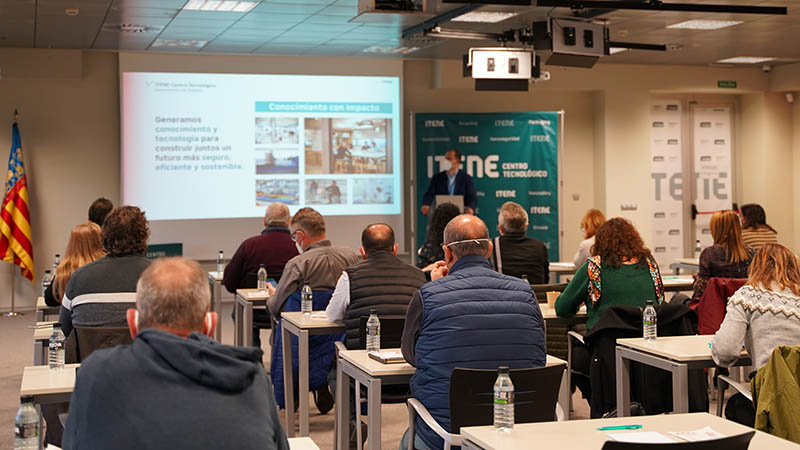
-
How can I help you?
Noelia Martín
Project Manager
